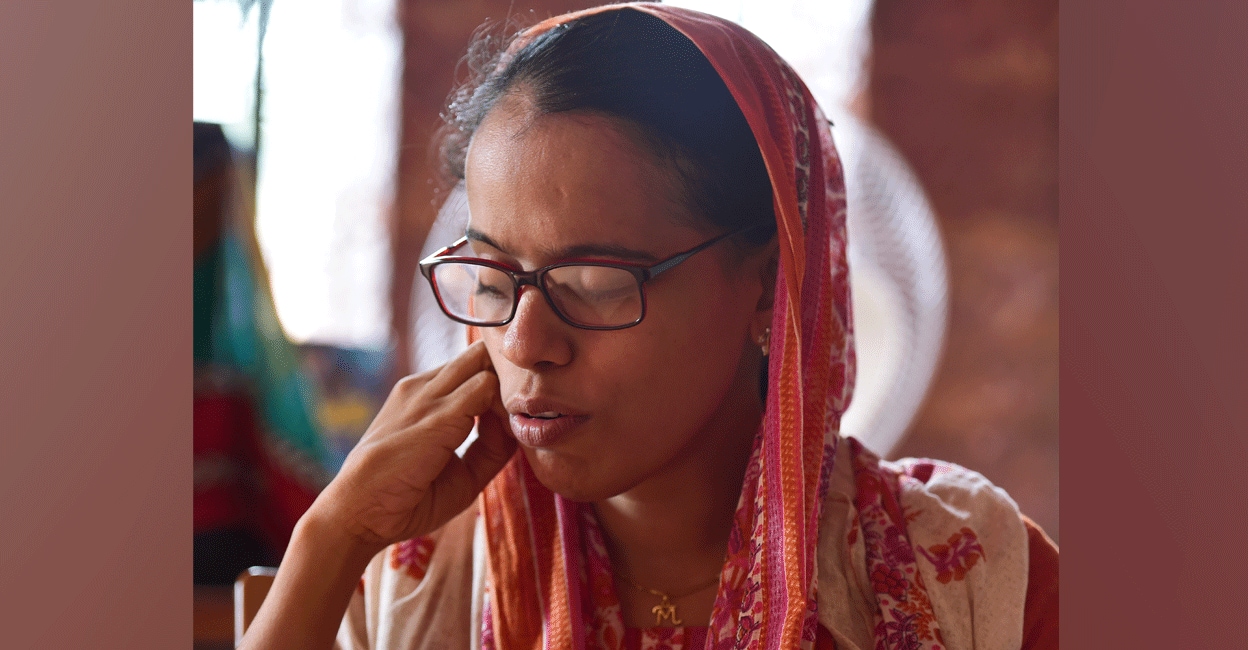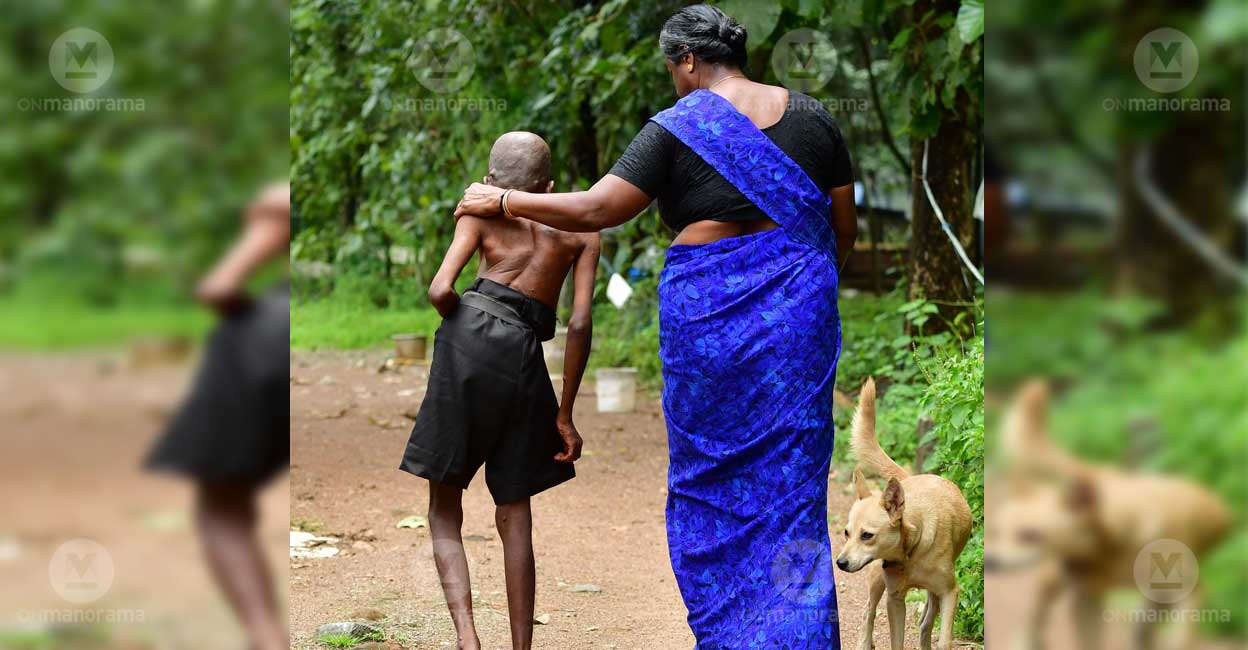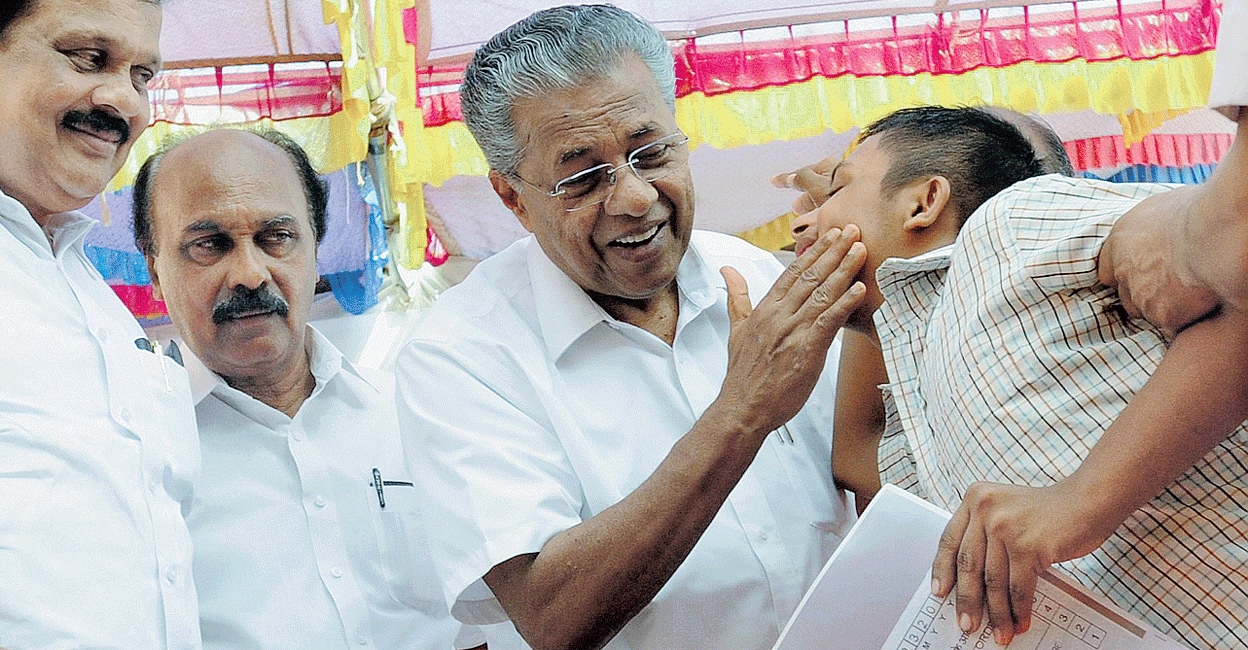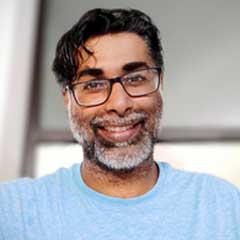Children born after Oct 2011 won't be considered endosulfan victims, says new govt order

Mail This Article
Kasaragod: Irrespective of conditions and symptoms, children born after October 2011 will no longer be considered victims of endosulfan, said the government of Kerala.
In a government order that has left activists and affected families fuming, the LDF government said the persistence of endosulfan in the environment cannot be more than six years. Since the aerial spraying of the pesticide was stopped on October 25, 2005, through a gazette notification, the maximum possible environmental persistence will be up to October 25, 2011, said the order. Persistence refers to the length of time a contaminant remains in the environment.
"So anyone who lived in these places or had intrauterine exposure from January 1980 till October 2011 is defined as 'exposed'," said the order dated November 18.
The government arrived at the conclusion based on the recommendations submitted by an expert committee constituted on August 5.
The committee -- constituted to formulate guidelines to identify endosulfan victims based on available scientific evidence -- had nine members.
The members were: Dr Vishnu V Y, Associate Professor, Department of Neurology, AIIMS, New Delhi; Dr Deepak Menon, Associate Professor, Department of Neurology, NIMHANS, Bangalore; Dr Sylaja P N, Professor and Head, Department of Neurology, Sree Chitra Thirunal Institute of Medical Sciences and Technology,
Thiruvananthapuram; Dr Rajasekharan Nair V, Former Professor, Department of Obstetrics & Gynaecology, Govt. Medical College, Thiruvananthapuram; Dr Thomas Iype, Emeritus Professor, Department of Neurology, Government Medical College, Thiruvananthapuram; Dr Harish E R, Senior Scientist, ICAR-Central Tuber Crops Research Centre, Thiruvananthapuram; Dr George Tharion, Former Professor, Department of Physical Medicine and Rehabilitation, CMC, Vellore; Dr Chandini R, Professor and Head, Department of Emergency Medicine, Government Medical College, Kozhikode; and Dr Asuma A, Professor and head, Department of Community Medicine, Government Medical College, Kozhikode.

The government's order would rule out any new endosulfan patients born after October 2011. "We condemn the government's order and there will be strong protests against it," said Munisa Ambalathara, president of the Endosulfan Peedhitha Janakeeya Munnani, an NGO fighting for the rights of endosulfan-affected families.
She said the state government conducted the first special medical camp to identify endosulfan victims in 2010, then in 2011, 2013, and 2017. "The first Pinarayi Vijayan government conducted the last special medical camp. If endosulfan did not have any effect on the environment after 2011, why did he conduct a camp in 2017?" she said.
In the 2017 camp, several children aged three, four, and five years old were identified as endosulfan victims and included in the government's list and provided benefits and treatment free of cost, she said. "Offhand, I can name two. Sreenand, who is nine years old, and Alvish, who is seven were identified as endosulfan victims in the 2017 camp. The government which is saying there will be no endosulfan victims born after October 2011 conducted the camp in 2017," said Munisa.
If the government implements the order, will it take back the compensation given to those born after October 2011, will it stop the free-of-cost treatment given to the victims, she asked.
Special camps to identify endosulfan victims should be conducted every year. This order was brought out to stop conducting special medical camps to identify endosulfan victims and end their benefits, said Ambikasuthan Mangad, activist and author of Enmakaje, a novel set against the backdrop of endosulfan tragedy in Kasaragod.
He said the Supreme Court in January 2017 ordered the state government to compensate Rs 5 lakh each to all endosulfan victims based on a field study conducted in 2011.

The study was conducted by Dr Jayakrishnan T, a faculty member of the Department of Community Medicine at Kozhikode Government Medical College. "Aerial spraying of endosulfan was stopped around 2000 though the gazette notification banning its use was issued in October 2005. So how did Dr Jayakrishnan's team find residue of endosulfan in blood, breastmilk, soil, and water 10 years later!" he said.
The government's order is an absurd drama to deny benefits to the poor victims of the government's brutality, he said.
Dr Jayakrishnan's study was conducted at the request of the state government's expert committee.
The endosulfan Saga
In 1978, the state government-run Plantation Corporation of Kerala (PCK) started testing endosulfan, an organochlorine pesticide, to kill tea mosquito bugs on its cashewnut plantations in Kasaragod district. From 1981, PCK started legally but unscientifically spraying endosulfan from helicopters on its plantation spread across 11 grama panchayats in the district. It was aerially spraying the pesticide twice or thrice a year for 20 years till 2001. Its use was officially banned in October 2005.
By the late 1990s, the residents of Padre village in Enmakaje grama panchayat started reporting health issues, physical deformities, and mental illnesses in large numbers, according to the Centre for Science and Environment (CSE).
With every passing year, similar health concerns were reported from areas around PCK's cashew plantations in Kasaragod, Cheemeni, and Rajapuram in Kasaragod district.
By 200, civil society groups from Kerala approached CSE to conduct a study in Padre village to assess the impact on health caused by the aerial spraying of endosulfan.

In February 2001, CSE released its damning report that found a high amount of endosulfan residues in most of the 25 samples collected a few days after the aerial spraying.
In February 2001, a government-appointed team of the Kerala Agriculture University (KAU) recommended an immediate stop on aerial spraying and recommended need-based application of the pesticide.
In January 2002, the National Institute of Occupational Health released its report that found endosulfan residues in water samples and blood samples collected from Padre village. The report said that there was a high prevalence of congenital malformations in exposed groups, low IQ, slow learning, learning disability, early menarche in girls, and delayed puberty in boys.
The civil society members, activists, and families affected by the aerial spraying of the pesticide protested for years before the government conducted the first special camp to identify victims in 2010.
As of now, there are around 6,600 victims on the government's list of endosulfan.
How to identify victims?
The government in its order issued on November 18 said a two-tier system has to be used to identify endosulfan victims.
First, the public healthcare provider (medical officer) in the nearby government hospital (primary, community, or family health centre) should conduct an initial baseline assessment (screening). That should be followed by a detailed examination of the patients by a multi-specialty expert panel, similar to the Disability Board.
For screening, the medical officers should check five parameters; the first two parameters pertain to exposure, and the last three are based on diseases, identified as due to endosulfan.
The multi-specialty expert panel has to be constituted by the District Medical officer. The panel should have a physician, paediatrician, neurologist, psychiatrist, and physical medicine specialist. Other members can be co-opted as required if the expert panel identifies a special need to assess a particular clinical condition, said the order.
The panel has to quantify the disability and issue the disability certificate, it said.


